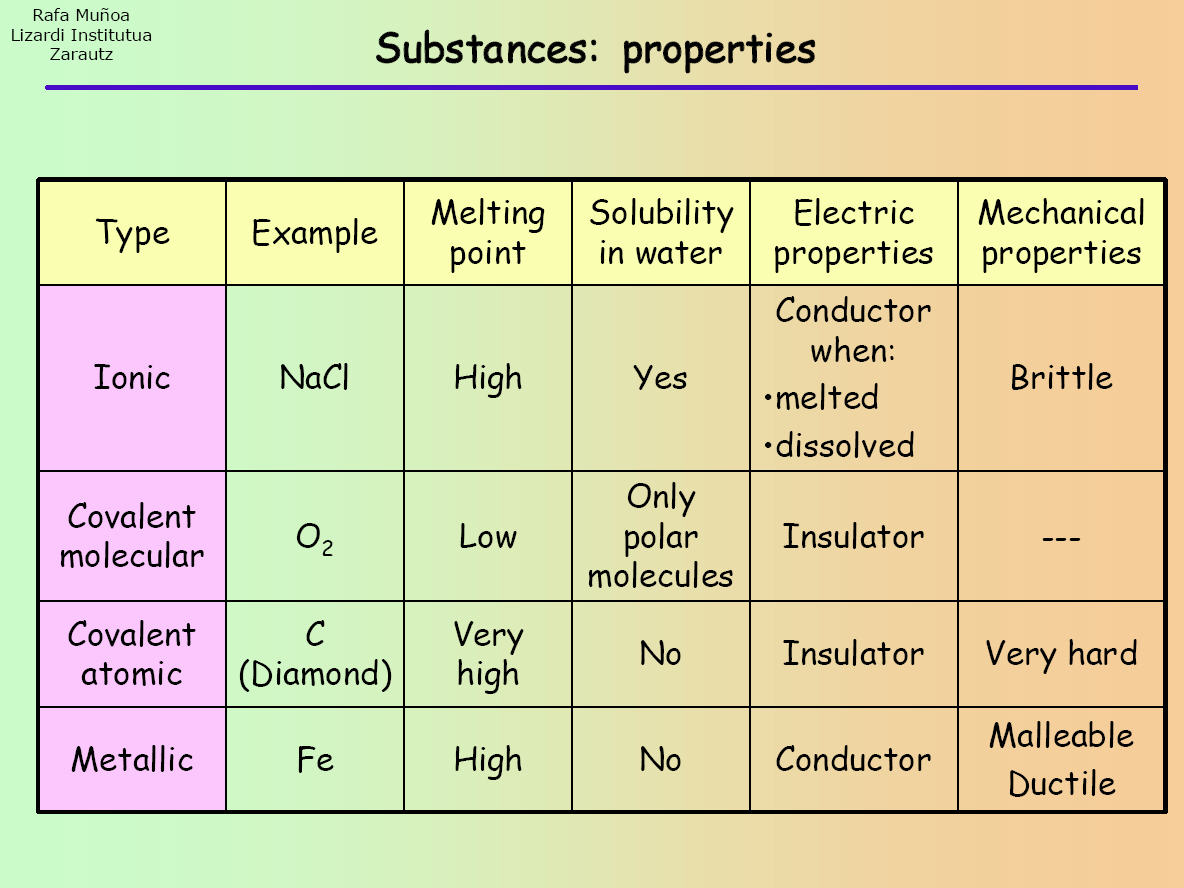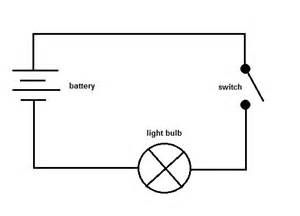How do you determine if a substance is an ionic compound?
1 Answer
Run it through a series of tests.
Explanation:
Ionic, covalent (simple molecular and giant atomic), and metallic compounds all have different properties. Hence, to classify a substance as either one of such compounds, a series of tests/experiments must be carried out in order to figure out what properties it has. Observe the following table:

Once the experiment has been carried out, the results that you obtain can be compared with those in the table to identify what sort of compound the substance is.
First, a sample of the unknown substance can be placed in a test tube and put over a flame. This is done to determine the melting point. If the substance melts, then it is probably a covalent simple molecular substance (as shown in the table). However, if no melting occurs, the substance can either be ionic, covalent giant atomic, or metallic.
This is really why we need to carry out more than one test on the unknown substance because some categories of compounds share similar properties (for example, ionic compounds and covalent compounds both have high melting points).
Next, you can try to dissolve some of the substance in water (or another polar solvent). If it dissolves, then it can be either an ionic or covalent simple molecular compound. Your results from the previous test and the next will help to narrow down your results to just one type of compound.
Next, you can connect the sample to a circuit like the one shown below to see if it conducts an electric current.

You can replace the switch with the sample. If the bulb lights, then it's a conductor and if not, then it's a non-conductor.
So, for example, at the end of this experiment, if the sample remained unmelted, dissolved in water and conducted an electric current, then it is an ionic compound.
All of these observations can be further explained by examining the bonds and intermolecular forces of attraction that hold components of a compound together.

